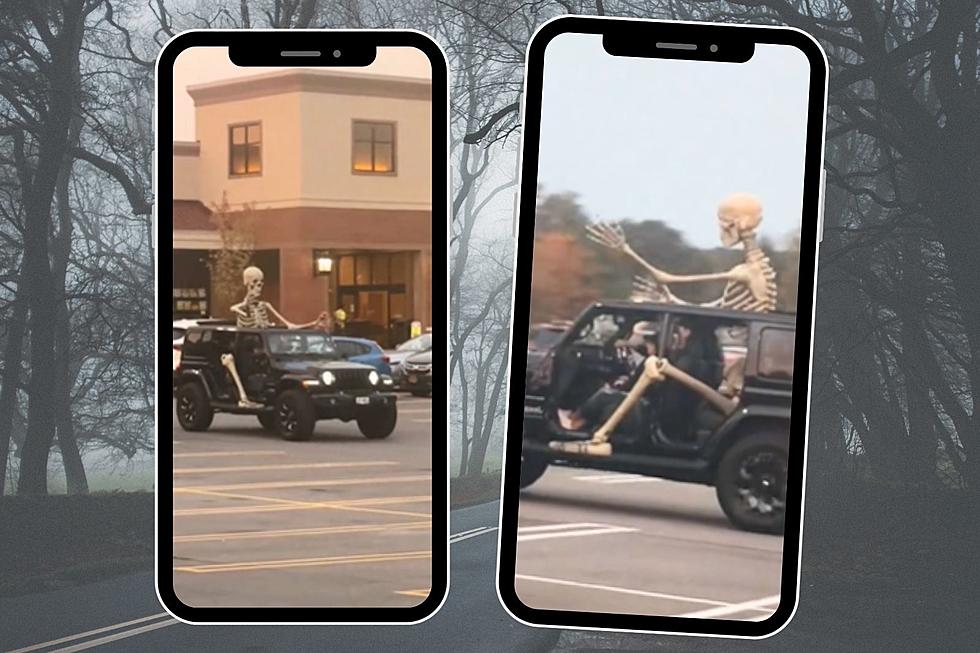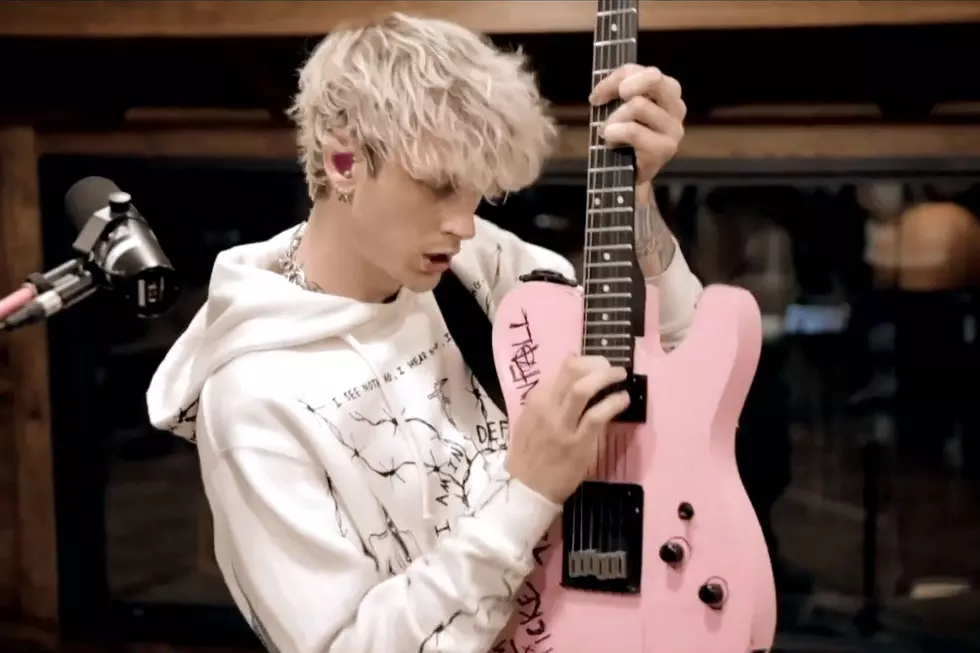
‘Freakangels': A Western Comic That Breathes Like Manga

The other day, I finally caught up on Freakangels, Warren Ellis and Paul Duffield's fine sci-fi adventure comic published online for free by Avatar Press. Avatar still has an unfortunate and somewhat deserved reputation as a purveyor of endless variant covers wrapped around T&A gorefest horror movie licensed tie-ins printed with ink that smells funky if you hold the page too close to your face. But the publisher also regularly gives free rein to some of mainstream comics' finest writers, such as Alan Moore, Garth Ennis, Jamie Delano, and the aforementioned Ellis, resulting in some very strong, uninhibited works like Narcopolis, 303, Crecy, and Neonomicon. Avatar's finest hour to date, though, is Freakangels, which ranks among the best works of Ellis' career, and may come closer than any other current English-language comic to feeling like good adventure manga.Western comics creators and publishers have often looked longingly across the Pacific to Japan, where legend holds that every person is issued a copy of Akira at birth and the streets are paved with Tezuka drawings. "If only we could be like them," comics folk have been wont to think in voices I supply for them, "then we'd really have something cooking." And while manga has never been the one-medium-to-rule-them-all success it's pictured as in Western minds, it's certainly been a much healthier thing than Western comics, with a much wider and more diverse readership.
Numerous attempts have been made over the years to graft replicable elements from manga onto Western comics, but most of these have either focused on the wrong things (big eyes! speed lines! disturbing sexual imagery involving tentacles!) or been short-lived or one-off projects. Creators like Scott McCloud, Frank Miller, and Becky Cloonan have successfully mined manga for individual tics and strategies, but have subsumed these elements more completely into the idiosyncracies of their personal styles or publishing circumstances.
Freakangels succeeds as an OEL (Original English Language) manga more completely than any other work I've encountered, and without seeming self-conscious or flashy about it. While I'm sure some readers may be able to point out an earlier work that does all these things (and if you can, please do in the comments!) I'd like to list out the qualities I see in Ellis and Duffield's work that move me to make such a pronouncement.

1. Freakangels is serialized in short bursts.
Freakangels has been running more or less weekly for almost three years, published in free six-page episodes posted every Friday. Western readers are used to encountering manga once its finished and collected in thick paperbacks, but most of the manga popular in the West was serialized in one of Japan's comics magazines, usually in short chapters. Anyone who has ever looked at a Shonen Jump can attest to the brevity of the installments for many manga, often picking up in the middle of a scene and ending similarly.
Western mainstream comics are obviously no stranger to serialization, but their serials don't tend to function the same way, normally featuring longer chapters with an emphasis on maximizing the number of plot points featured per installment. Freakangels doesn't work like that, often putting chapter breaks in the middle of conversations or action sequences, the beginnings and ends of episodes not completely random, but not tied to the overall arc of the story either.
2. Pacing
As a result of the short serialization, Freakangels has to juggle multiple levels of pacing. The book doesn't feel slow, but it doesn't concern itself with hitting major plot points with each new installment, either. Knowing they only have six pages per episode, Ellis and Duffield don't concern themselves with choking each installment full of plot, instead letting each section of the story play itself out for as long as it needs, relying on the steady beat of acerbic Ellis dialogue and the deft visual characterization of Duffield body language and facial expressions to pull the reader through until whenever the next major set piece kicks off.
This kind of storytelling strategy is much more in the manga tradition than the Western tradition. There's an old (okay, probably not that old) saying that Western comics are about the destination (i.e. plot-focused), and manga is about the journey. While Freakangels certainly can ramp up the potboiling plothammer when it needs to, the overall pleasure in reading it is in the way the story unfolds.

3. Decompression
One identifiable tic that has carried over into a lot of Western works from manga is called decompression, though for at least half of you, that isn't what you think it is. Decompression is one of the most misunderstood storytelling tools in comics. Most of the time, when I see Western comics readers discussing decompression, they're complaining about Brian Michael Bendis taking six issues to tell a story they think should have fit into three. Bendis, however, fills his comics with scenes of dialogue and character interaction. That might be pacing that's too slow for you, but it isn't what I've traditionally understood as decompression.
Decompression is the breaking down of brief moments into numerous comics panels to achieve an observational technique somewhat akin to slow-motion in film. When a bullet takes three panels to leave a gun, hit a target, and fly out the other side, that's decompression. It's a tool you see used often in manga, where because the emphasis is less on plot and more on experience, being able to break down quick action and force readers to move through it at a particular rhythm is vital. Ellis has long been fascinated by decompression, and he and Duffield use it to great effect when Freakangels abandons the talky for the kick-shoot-'splode.
4. Page construction.
Most Western comics pages are built on a three or four-tier visual structure, these days often utilizing "widescreen" horizontal panels (also made popular by Ellis in The Authority with Bryan Hitch). In part as a strategy to deal with the shape of browser windows (after considering different sizes and shapes and web-readers, Ellis decided to just chop the page into a top half and a bottom half and let readers scroll down) the pages in Freakangels are built on a two-tier system, often divided into four equal panels. The result is a great deal of visual clarity, and pages that feel very open and airy, which is very manga-esque.
One of the surface elements of manga often copied in the West is the manga digest format for collecting comics into books -- a smaller format than traditional Western comics collections. For most Western comics, though, this format is a travesty, because the work was never designed to work on so small a page -- unlike manga, and unlike Freakangels, which could be printed at manga digest size easiy and remain completely readable.
 Freakangels, art by Paul Duffield, on left; The Authority, art by Bryan Hitch, on right.
Freakangels, art by Paul Duffield, on left; The Authority, art by Bryan Hitch, on right.
5. It looks like a regular comic.
This one is hard to sell without sounding like I'm trying to insult the work, but bear with me. Freakangels is, without a doubt, swimming in identifiable Ellis dialogue and preoccupations (societal institutions, Britishness, goth steampunk, alternative lifestyles) and it's undeniable that Paul Duffield has a style and look that is his own. However, neither the script nor the art is so far off the beaten path as to make Freakangels an aesthetically unique or even drastically idiosyncratic project. It functions comfortably within the visual and story expectations of a commercial comic book, and this actually helps the analogy to popular manga.
When I pick up Twentieth Century Boys, it is not aesthetically a world away from Akira, or Maison Ikkoku, or Death Note. There is a commonality even in popular manga's diversity that brings with it a comfort of environment that is a genuine pleasure, like seeing a familiar character actor show up in two wildly different television shows. In an alternate universe of Western comics, if I squint, I can see a number of projects picking up where Freakangels will leave off after its planned end in a year, with short serializations dedicated to breezy, entertaining stories, published free on the web and collected in quick, light paperbacks. I'm sure there are any number of reasons why this isn't politically or economically viable in the current comics arena, but it's a nice vision.
6. It collects nicely as a light, quick read.
One of the primary qualities of the manga in my life is that I buy it in thick paperbacks that I devour like potato chips. All of the storytelling strategies -- the open, airy page layouts, the devotion to rhythm and flow of a scene over plot information, the decompression of vital individual moments -- serve to make the most popular manga a light, fast, fun read.
Obviously this (and everything else I've been talking about) doesn't apply to every kind of manga. There's dense manga, and plot-heavy manga, and manga with all manner of complicated page layouts. But the most common, popular form of manga, the ones that devoured whole shelving units at your local Barnes and Noble while Western comics got shelved next to the role-playing games, read like popcorn.
This doesn't mean they can't be substantial, but merely that the page-to-page experience has a light touch as it moves you through the story in seemingly effortless fashion. The abiding strategy of most Western comics is to try and find ways to slow down the reader's eye, to force them to linger, in order to make the individual comics experience more "worthwhile." In the hands of too many average creators, however, this strategy churns out books that are a slog to get through. I'd much rather have something good that moves fast, and that leaves me wanting more at the end of it, which is what so many manga supply, and at which Freakangels often succeeds.

More From ComicsAlliance









